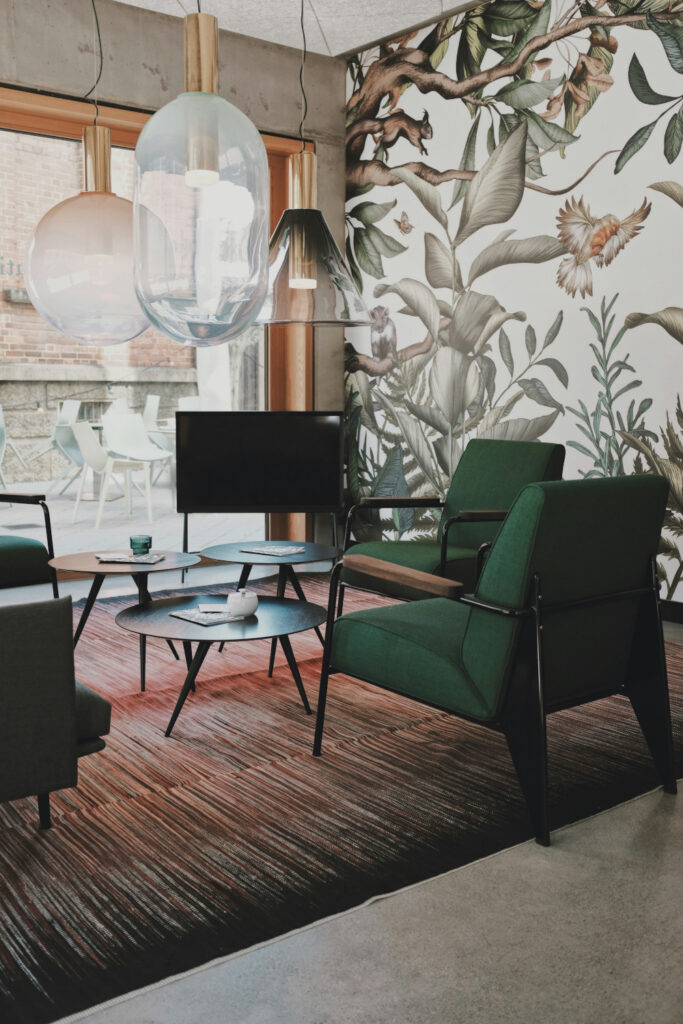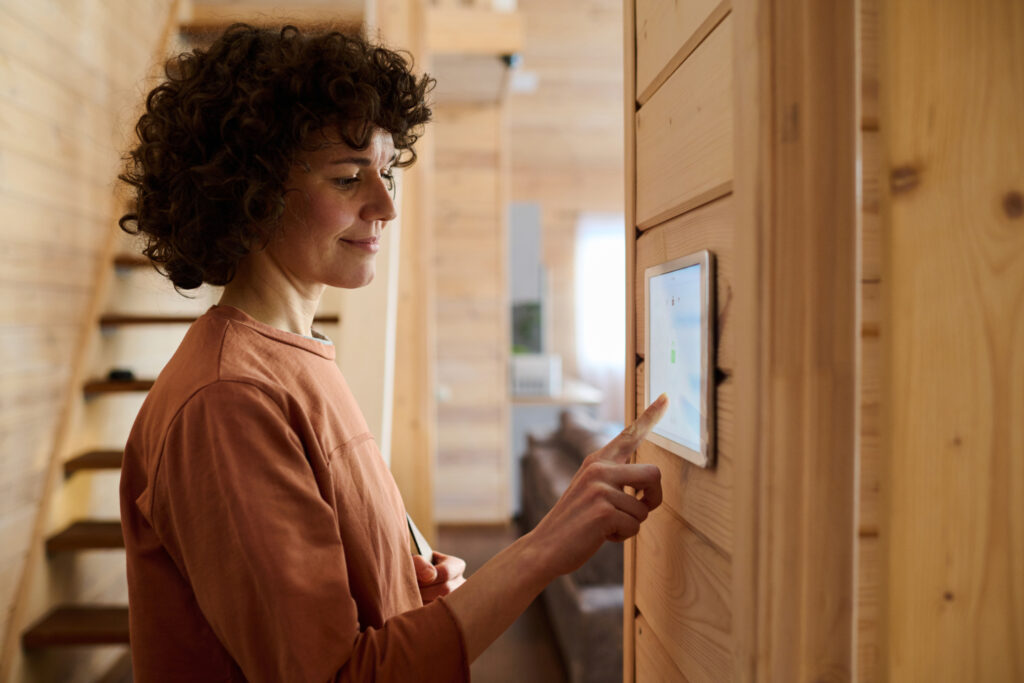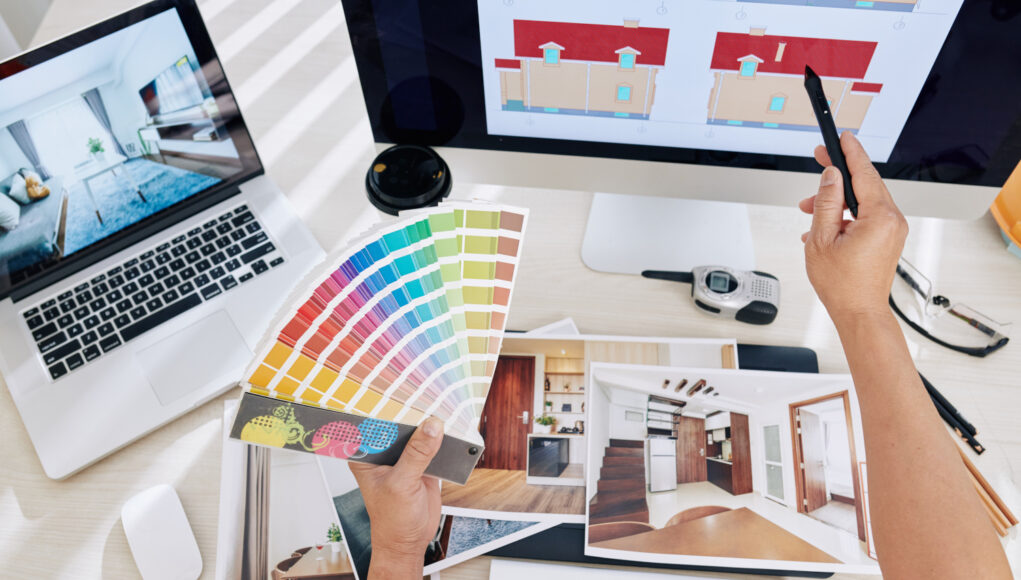The interior design industry is experiencing a digital revolution, and those who embrace technology are the ones shaping the future of design. Here’s how technology is impacting the industry, making it more efficient and innovative than ever.
Immersive Experiences with VR and AR: Imagine stepping into your client’s dream living room before it even exists. Virtual Reality (VR) allows for a complete walkthrough of a space, enabling clients to visualize furniture placement, color schemes, and overall flow in a truly immersive way. Augmented Reality (AR) takes it a step further, overlaying digital design elements onto a physical space. This lets you see how that statement art piece will look above the fireplace, or how that new rug complements the existing furniture. Both VR and AR foster stronger client communication and lead to fewer revisions down the line. Tools like VR Sketch (a Sketchup extension) and ARki have revolutionized client presentations, allowing for adjustments in real-time and enhanced decision-making confidence.
3D Printing for Bespoke Touches: Technology is no longer just about visualization; it’s about transforming ideas into reality. 3D printing opens doors to unique design elements and custom furniture pieces within interior design. Imagine creating one-of-a-kind lighting fixtures, personalized cabinet hardware, or even 3D printed sculptures that perfectly complement your design concept. This technology empowers you to infuse a space with a touch of individuality that mass-produced items simply can’t achieve.


The Rise of Smart Spaces: The future of interior design is about creating intelligent living environments. By integrating smart technology and IoT devices into your designs, you can elevate a space from just stylish to truly functional. Imagine designing a kitchen where lighting adjusts based on the time of day, or a bathroom with voice-controlled temperature regulation. Understanding smart home trends allows you to create seamless integration between aesthetics and functionality, making your designs not just beautiful, but also future-proof.

AI-Powered Assistants: AI is not just about automation for your clients; it’s about elevation for your design business. AI-powered tools can suggest color schemes, design layouts, and even furniture placement based on best practices and evolving trends. Platforms like Planner 5D use this machine learning to help designers explore creative solutions that might not have been immediately obvious.
Streamlining the Design Process: With projects often involving a myriad of details and coordination with various stakeholders, efficient project management is key. Software solutions help designers manage timelines, budgets, and communications—all in one platform. This integration reduces overhead and minimizes errors, ensuring a smooth workflow from concept to completion.
Green is In: Sustainability is a growing concern in interior design. Advanced software now enables designers to assess the environmental impact of their choices in real-time. Free, cloud-based applications like the EC3 tool, which provides information on the carbon footprint of building materials, empower designers to make informed, eco-friendly decisions.

Tech is a Tool, Not a Replacement: While technology offers a plethora of advantages, it’s important to remember that it serves as a powerful tool, not a replacement for your design expertise. Your creativity, understanding of spatial relationships, and ability to translate client visions remain irreplaceable. Technology empowers you to present your ideas with stunning clarity, collaborate with clients more effectively, and ultimately deliver exceptional design experiences.
By embracing these technologies, interior designers can not only enhance their creative visions but also deliver more precise and personalized results. The future of interior design is here, and it’s Bluetooth-enabled. Dive in, and let tech be the tool that skyrockets your design business.





